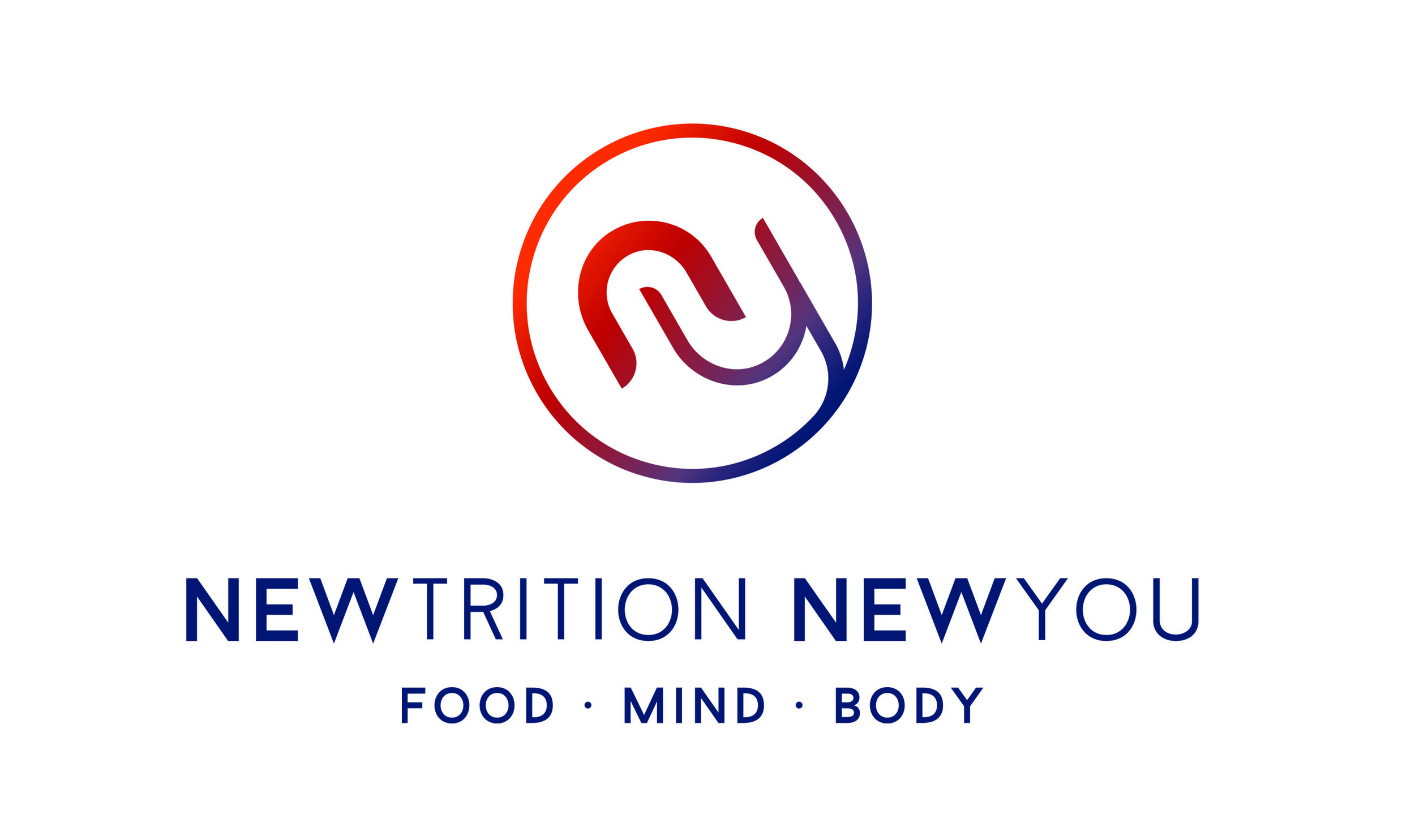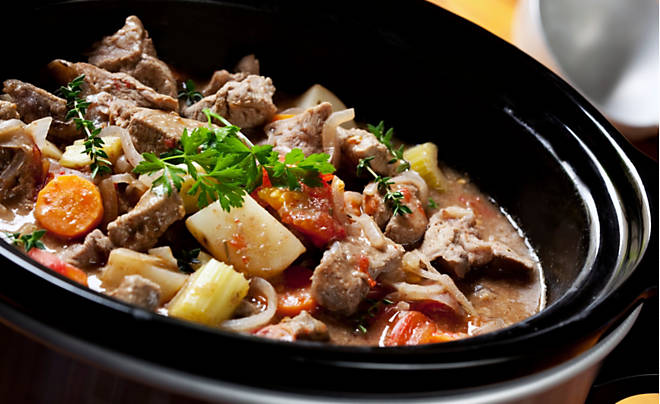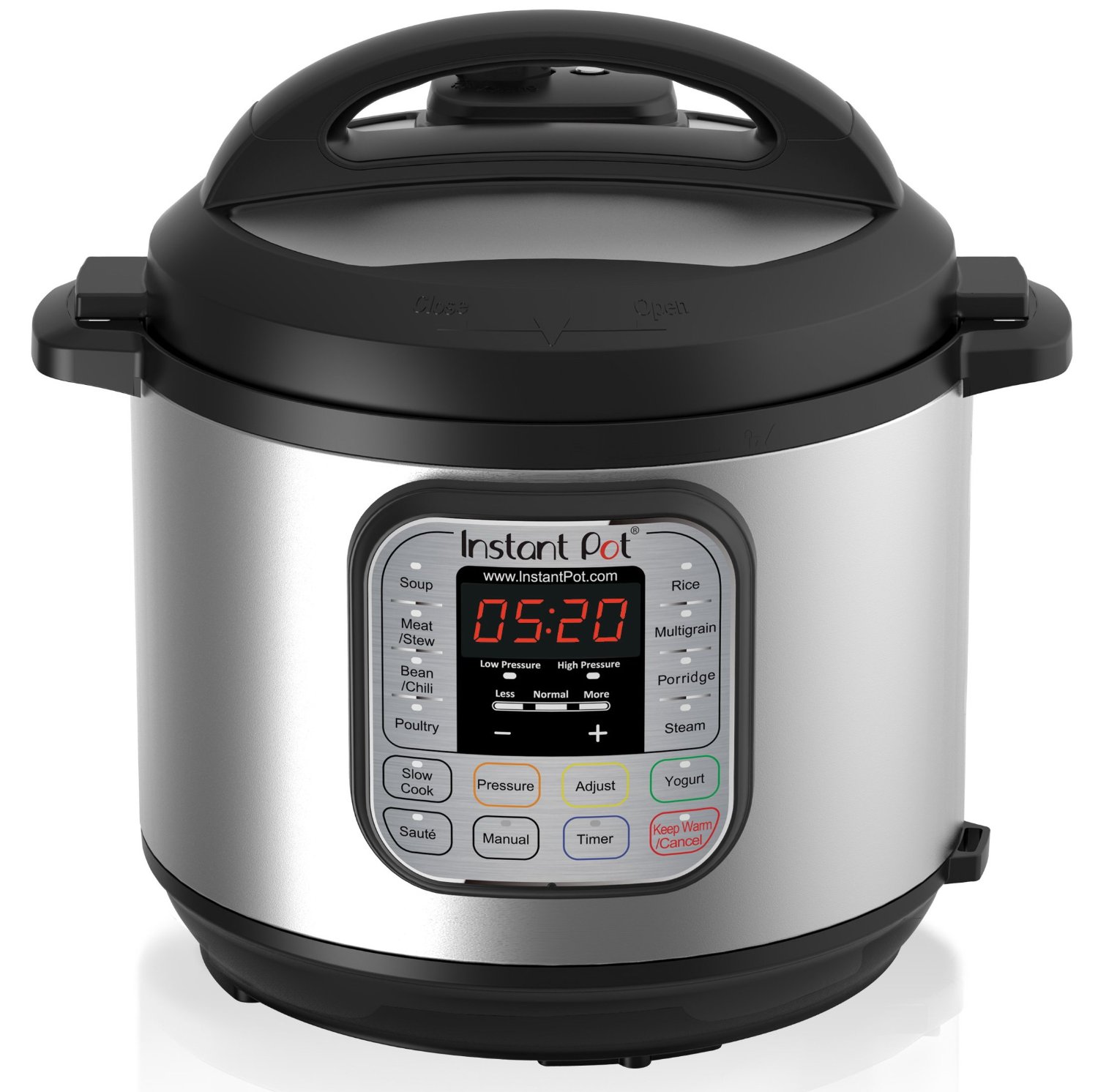The Hidden Danger of Slow Cooking
Aahh, the 1970s! Era of disco dancing, bell bottoms, pet rocks, and the electric slow cooker. Nearly every household in America had at least one “crock pot.” And why not? This handy kitchen appliance was easy to use, a snap to clean up, and required just a few minutes of prep time in the morning as a trade off to a fresh, hot meal at the end of the day.
In recent years, the slow cooker has made a dramatic resurgence. Not only is slow cooking convenient, but it is also a very healthy way to cook. Cooking “slow and low” in a sealed chamber helps to retain the moisture and the nutrients in your food. Additionally, it helps prevent the formation of cancer-causing compounds, such as lipid oxidation products (LOPs) and heterocyclic amines (HCAs), which form when certain fats and most meats are cooked at high temperature.
Unfortunately, nothing can be perfect, and there is always a downside, isn't there? In the case of the slow cooker, there is a potential danger lurking in it about which most people are unaware: lead.
Lead and Its Dangers
Lead is a neurotoxic heavy metal and a systemic poison that affects every organ in the body. The medical consensus is that there is no safe level of lead exposure. And while the health risks of lead are great for all of us, they are especially harmful to children, who absorb a higher proportion per body weight and are more vulnerable to its effects. What’s more, lead exposure is cumulative over time.
According to the Mayo Clinic: “Lead poisoning occurs when lead builds up in the body, often over a period of months or years. Even small amounts of lead can cause serious health problems.”
Although while one serving of food prepared using contaminated cookware won’t kill you, over the years, it could lead to lead poisoning, which is linked to a wide number of neurological problems in adults, and learning disabilities, developmental delays and lower IQ scores in children. The scariest part is that lead poisoning is often “silent” with no obvious symptoms.
Is Your Slow Cooker Leaching Lead?
In 2004, Bill Gebhardt of Salt Lake City’s KUTV investigated the lead content in a number of kitchen tools. After his investigation about lead in ceramic glazed plates, bowls and mugs and finding high a content of lead in them, his focus turned to ceramic glazed crock pots after a viewer did a little research on her own.
This viewer was a mom, who was a frequent crock pot user. Her concern about lead poisoning led her to drag her own slow cooker to the county fair, where a booth was doing free lead testing on dishes. As she suspected, the testing confirmed that her crock pot contained lead. It was then that she notified Gephardt and he continued the investigation by taking a number of different brands of slow cookers to the Data Chem Lab in Salt Lake for lead analysis. Frighteningly, this analysis found that 20% of slow cookers were leaching measurable amounts of lead into food. (Continued below)
It seems that when ceramic vessels are heated to just 80 degrees Fahrenheit, they release ten times the amount of lead than they do at room temperature. Since slow cookers heat up to more than 250 degrees Fahrenheit, this presents a serious risk.
Additionally, while temperature is part of the equation, time and acidity also impact lead leaching. In other words, acidic ingredients like vinegar, tomatoes or citrus coupled with longer cooking times can cause more lead to be released from the vessel and leach into your food.
According to the reports available on the topic, most of the lead leaches from the glaze, which is the smooth, often brightly-colored coating on the inside of the slow cooker vessel. Apparently this is caused by the fact that lead compounds, such as lead oxide, have historically been used in glaze formulations.
Today, a vast majority of slow cookers openly state that their products do not contain leaded glaze or that their slow cooker is in "accordance with government guidelines" for lead (the FDA Compliance Policy states that leach levels of 1 mcg/mL are acceptable for large vessels such as slow cookers). Unfortunately, however, these levels do not necessarily infer safety. Nor are these levels indicative of the actual leaching that can occur with normal cooking and the variables of time, temperature, and ingredient acidity.
Other companies purport that their product is “safe” as long as there is no cracking, chipping or haziness of the glaze. However, that is hardly reassuring given that micro-fissures could be undetectable to the eye and lead is a systemic poison with cumulative effects. Worse yet, apparently even unglazed inserts can pose an issue as lead is naturally found in all ceramic materials and in clay.
Slow Cooker Brands and Lead Contamination
So by now, you are probably wondering if a safe slow cooker exists. Well, there are a few, so let's examine some of the popular brands and my top recommendations. Please keep in mind that the words “meets FDA guidelines” do not mean that the product is free of lead, and term “lead-free” only means that it does not contain “extractable” lead and does not mean that lead will not leach into your food during the slow cooking process.
MY TOP 3 RECOMMENDATIONS
The three products below are my top three recommendations. The VitaClay Organic Multi Cooker and the Instant Pot are my two favorites (with the Precise Heat brand a distant third). I love that they are so versatile and offer so many cooking options. The VitaClay pot is slightly larger, but the Instant Pot offers pressure cooker capabilities. In the end, depending on your needs, you won't go wrong by buying either of these.
The organic VitaClay Rice Cooker Chef has a Zisha clay, unglazed earthenware insert which has been independently tested and found to be 99.99% lead-free. Simple to use, the VitaClay has a digitized and easy-to-read display, complete with a delayed start option. It's also highly versatile, accommodating hundreds of slow cooker and rice recipes. Its low temperature setting is perfect for making yogurt, steaming veggies, and germinating rice and seeds for sprouted consumption. Two added bonuses are that (1) cooking time is up to four times faster than conventional slow cookers, and (2) its compact design saves counter space. VitaClay is also the slow cooker recommended in the Book: "The 150 Healthiest Slow Cooker Recipes on Earth" by Dr. Jonny Bowden author of the "Healthiest Meals on Earth."
This is another one of my favorite appliances. It is highly energy efficient and includes 7 appliances in one, including a pressure cooker, slow cooker, rice cooker, sauté/browning cooker, rice cooker, yogurt maker, and steamer and warmer.
The Instant Pot is slightly smaller than the VitaClay (6QT vs. 8QT), but it has 14 built-in smart programs, dual pressure, automatic keep-warm and 3 temperatures for sautéing and slow cooking.
Most importantly, it has a stainless steel cooking pot, which means that there is no risk of any leaching lead.
This is a beautiful pot and the insert is made of surgical grade stainless steel, so there is no known risk of lead. The downsides are that it needs a heavier lid, as the one included seems to pop and make noise when its boiling and that it's not very large. However, it is an aesthetically attractive and safe option.
OTHER SLOW COOKER BRANDS
Below are some of the other popular brands of slow cookers and their manufacturers' statements on their products' potential lead contamination:
4. Proctor Silex: states there is no lead or cadmium in the crock.
5. KitchenAid: states their slow cooker glazes are lead-free.
6. Sunpentown SC-5355 Zisha Slow Cooker: contains a clay insert and states that it is lead free .
7. CrockPot & Rival: states their product meets FDA guidelines for lead.
8. Cuisinart: states their slow cooker glazes are lead-free
9. Hamilton Beach: “satisfy FDA heavy metal requirements”
10. West Bend: “Glazes are inspected for maximum allowable amounts of trace elements in accordance with the United States Food and Drug Administration’s guidelines. If the glazes are chipped or cracked, the vessel should not be used.”
Protecting Your Family From Lead Exposure
I swear by this Perfect Hydrolyzed Collagen derived from grass-fed cows and take 2 tablespoons daily. It aides in your body's detoxification process, regulates your metabolism, improves digestion, strengthens your hair, skin and nails, helps decrease joint pain, and even reduces the appearance of cellulite. It's tasteless and odorless and easily dissolves in a glass of water.
In this day and age, there are many potential hazards in our food supply and cookware. However, there are precautions you can take to help protect yourself and your family from lead exposure:
1. Opt for inert cookware (i.e., cookware that is stable and unreactive under specified conditions). This includes glass (like Pyrex), stainless steel, cast iron, and enameled cast iron. Always do your research before purchasing.
2. Avoid buying or using any "Made in China" cooking items (e.g., cookware or even glazed plates or cups) that come in contact with your food. China has less (if any) regulation on chemical contamination.
3. Use foods to naturally detoxify from heavy metals. Foods that boost your body’s detoxification include whey protein, gelatin, onions, garlic, cilantro, cruciferous vegetables and turmeric. There are also a number of chelating supplements that can help remove heavy metals from your body, such as activated charcoal, chorella, and Glutathione.
References
1. Levin, Ronnie, et al. “Lead Exposures in U.S. Children, 2008: Implications for Prevention,” Environmental Health Perspectives, 2008 October; 116(10): 1285–1293. Published online 2008 May 19. doi: 10.1289/ehp.11241, Bellinger, David, C., Harvard Medical School. “Very low lead exposures and children’s neurodevelopment,” Current Opinion in Pediatrics: April 2008 – Volume 20 – Issue 2 – p 172-177,
2. Brown, Mary, Centers for Disease Control. “Interpreting and Managing Blood Lead Levels <10 micrograms/dL in Children and Reducing Childhood Exposures to Lead; Recommendations of CDC’s Advisory Committee on Childhood Lead Poisoning Prevention,” CDC, Nov. 2, 2007
3. Brody, Jane E. “Personal Health; Even Low Lead Levels Pose Perils for Children,” New York Times, Aug. 5, 2003
4. “CPG Sec. 545.450 Pottery (Ceramics); Import and Domestic – Lead Contamination,” issued 10/1/80; revised 4/16/92, 12/12/95 (60 FR 63721), 5/2005; updated 11/29/05:
5. Time, temperature, and acidity: Hight, S. C., et al. “Lead and Cadmium Release Under Conditions of Consumer Use: FDA Experiments With Cookware, Glass Tumblers, Lead Crystal Baby Bottles, And Ceramic Mugs,” Ceramic Transactions, Vol. 61 , pp. 11-22, 1995:
6. “Policy Statement Concerning Lead Leaching From Glass Tableware Into Foodstuffs,” Partial Agreement in the Social and Health Field, Council of Europe Public Health Committee
7. California Office of Environmental Health Hazard Assessment, http://oehha.ca.gov/prop65.html
8. Cheng, John, FDA. “Elemental Analysis Manual: Section 4.6: Inductively Coupled Plasma-Atomic Emission Spectrometric Determination of Cadmium and Lead Extracted from Ceramic Foodware,” August 2010
9. “Draft Lead Report,” California Department of Toxic Substances Control, Hazardous Waste Management Program Regulatory and Program Development Division, August 2004.
10. FDA. CPG Sec. 545.450 Pottery (Ceramics); Import and Domestic - Lead Contamination
Adapted from GrasslandBeef.com by Kelley Herring, who is the founder and CEO of Healing Gourmet and author of more than a dozen books on nutrition and natural healing.




